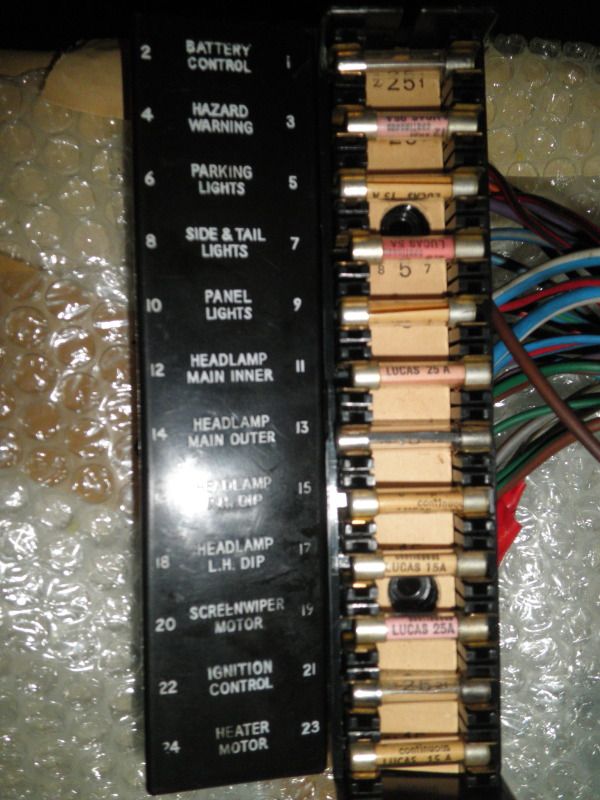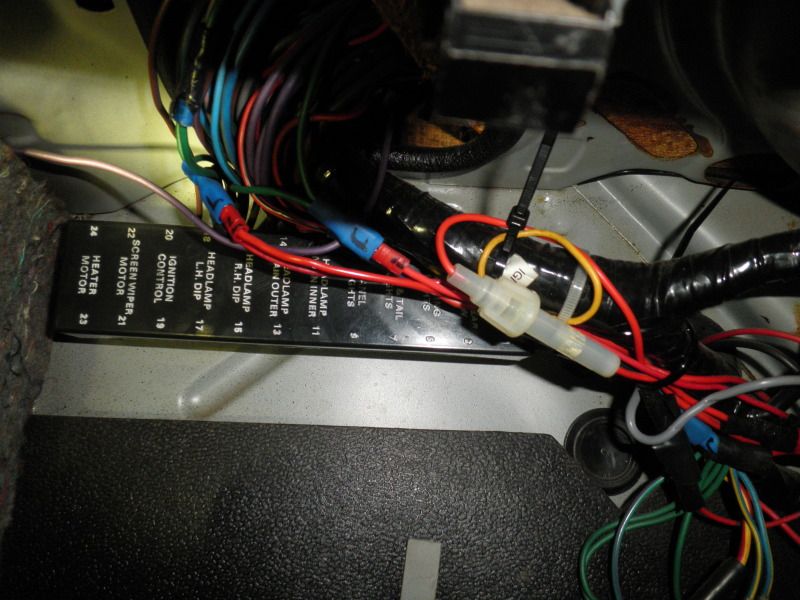corazon
Well-Known Member
It has been well documented on here about the incorrect size fuses being detrimental to the fusebox, melting down etc :shock:
But what is the correct size?
I've read 30mm are too small, 32mm are correct
I've also read 28mm are too small, 30mm are correct :?
32mm is the equivalent of 1.25" which are listed on ebay
31mm are also listed, is this just a mistake?
One thing that I'm sure about is I have a couple of 28mm fuses in my box which are definitely too small :wink:
Jim
But what is the correct size?
I've read 30mm are too small, 32mm are correct
I've also read 28mm are too small, 30mm are correct :?
32mm is the equivalent of 1.25" which are listed on ebay
31mm are also listed, is this just a mistake?
One thing that I'm sure about is I have a couple of 28mm fuses in my box which are definitely too small :wink:
Jim




